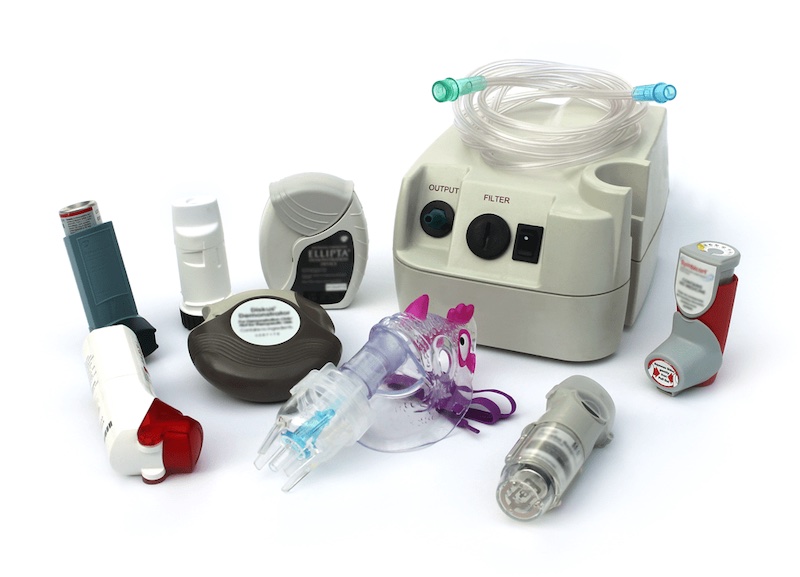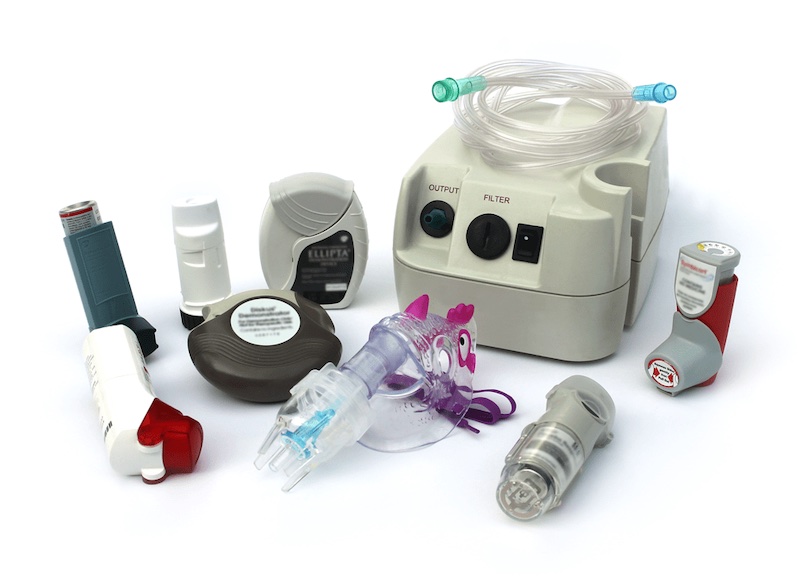


Date: 06 May 2025
Asthma is a chronic condition that affects the airways in your lungs, making it difficult to breathe. While there’s no permanent cure, the good news is that asthma is manageable—and with the right treatment plan, many people live full, active lives with minimal symptoms.
Asthma treatment focuses on two primary goals:
These are used to treat asthma symptoms on the spot. They act fast to open airways and make breathing easier during an asthma attack.
These are taken daily to reduce inflammation, prevent symptoms, and decrease the frequency and severity of asthma attacks.
Medication is only one part of asthma treatment. Managing environmental and lifestyle triggers is equally important.
Using inhalers correctly ensures maximum medication delivery to the lungs.
Recommended Tools:
For some, especially during severe asthma episodes or for young children, nebulizers offer an effective way to deliver medication.
Top Picks:

Pharmily offers a range of asthma management products:
Aerocort Inhaler is a combination inhaler used in the management of asthma and related respiratory conditions. It contains two active ingredients: Salbutamol and Beclomethasone. Salbutamol is a bronchodilator that helps relax the muscles of the airways, relieving bronchospasm and making it easier to breathe. Beclomethasone is a corticosteroid that reduces inflammation in the airways, which is a key component of asthma symptoms.
The Easychamber Spacer with Adult Mask is designed to enhance the efficiency of inhaler medication by optimizing drug delivery to the lungs. Whether managing asthma, COPD, or other respiratory conditions, this spacer helps ensure the medication reaches the airways effectively, reducing medication loss and improving treatment outcomes.
Easychamber Spacer with Child Mask is an essential tool for children with asthma and other respiratory conditions. It is designed to assist in the effective delivery of medication from metered-dose inhalers (MDIs) to the lungs, ensuring proper treatment. This spacer helps children manage their respiratory conditions by optimizing the delivery of prescribed medications to their airways, making treatment more effective and child friendly.
Q1: How do I know if I'm using my inhaler correctly
It's essential to follow the instructions provided with your inhaler. Using a spacer can help ensure proper delivery. If unsure, consult your healthcare provider or pharmcist.
Q2: Can children use the same inhalers as adults
While the medication might be similar, dosages and delivery methods can differ. Always use pediatric-specific devices, like the Easychamber Spacer with Child Mask, and consult a pediatrcian.
Q3: How often should I replace my spacer or nebulizer mask
Regular cleaning is vital. Replace spacers and masks as recommended by the manufacturer or if they show signs ofwear.
Q4: Are there side effects to using asthma medications
Some individuals might experience side effects like throat irritation or rapid heartbeat. Rinsing your mouth after inhaler use and discussing concerns with your doctor canhelp.
Q5: Can I exercise if I have asthma
Absolutely! With proper management and pre-exercise medication, many individuals with asthma lead active lifesyles.